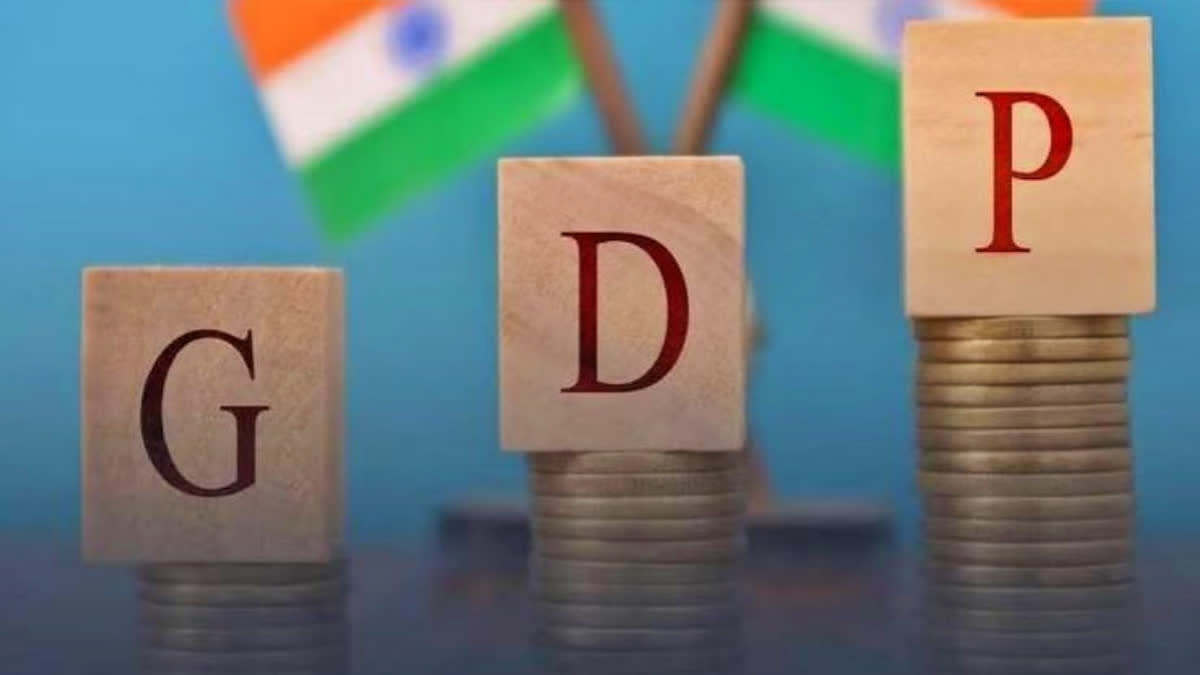New Delhi:A coordinated approach against runaway inflation in emerging and developed economies has given way to country specific measures as central banks of India, USA, UK, and China are following different paths as per peculiar conditions of growth versus inflation matrix in their countries.
While it is considered almost impossible to manage both inflation and economic growth as one likes, such as maintaining low inflation in a high economic growth scenario, policymakers and central banks always try to strike a delicate balance between inflation and economic growth.
Also read: Fitch ups India's FY24 GDP growth forecast to 6.3 pc on stronger momentum
For example, the US Federal Reserve, which is the banking sector regulator in the country on the lines of the Reserve Bank of India, has been raising policy rates since April last year to battle sky-high inflation in the USA which was at a record level in the last four decades. In India, the Reserve Bank also followed in the footsteps of the US Federal Reserve by increasing policy rates, known as repo and reverse repo rates to fight high retail inflation.
Under section 45ZA of the RBI Act, the Bank is required to keep the retail inflation within the target band set by the Central Government; else it would have to explain the reasons for its failure in keeping the retail prices under check to the Government.
While the US Federal Reserve increased policy rates from near zero in April 2022 to a record 5-to-5.25 percent range in 2023 as it struggled to contain the retail inflation in the world’s largest economy which has been hovering close to 5 percent, the RBI in India followed a coordinated path but eventually diverged from the strategy to follow a policy rate strategy that is more suitable to the country’s specific needs.
India earlier followed coordinated rate hikes
In India, the Reserve Bank started raising rates from May 2022 as it called for an unscheduled meeting to increase the policy rates as the retail inflation, measured as the Consumer Price Index (CPI) in the country was hovering high due to a variety of reasons, including the high crude and commodity prices triggered by supply chain disruptions and Russia-Ukraine war.
The Reserve Bank continued to follow in the footsteps of the US Federal Reserve despite some Indian economists calling the coordinated rate hike policy not suitable to India beyond a point. But the RBI hiked the benchmark interest rate, the Repo Rate, by 250 basis points (2.5%) since May 2022.
The data suggests that due to the coordinated monetary policy actions witnessed between April 2022 and February 2023, the gap between US Fed Funds Rate and India’s Repo Rates, has now declined to less than 2 per cent.
However, as a high-interest rate regime coupled with tight money supply policy, started to impinge on the growth rate, the Reserve Bank eventually signaled a departure from the coordinated rate hike policy followed by the Central Banks in the USA and England. The RBI had not hiked policy rates in the last two monetary policy meetings held in February and April this year.
